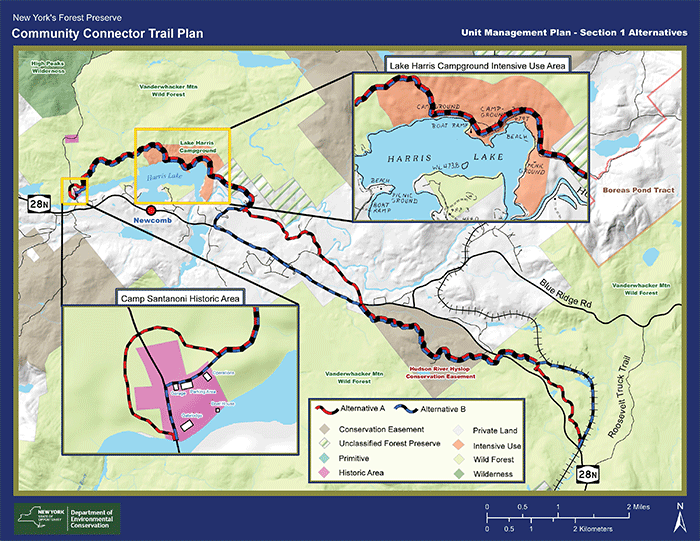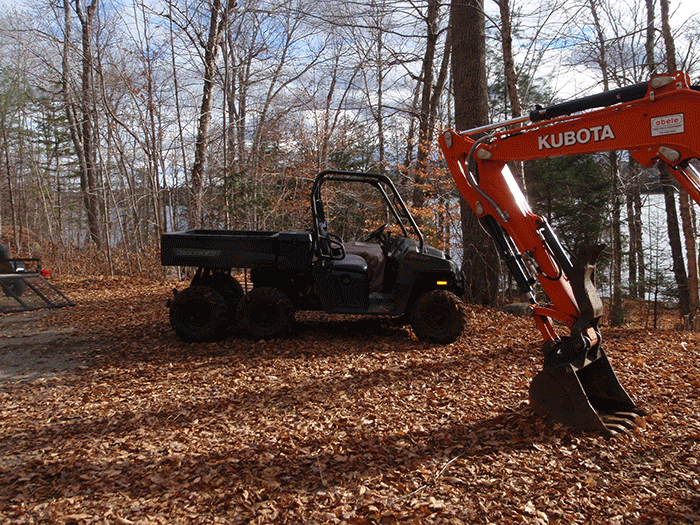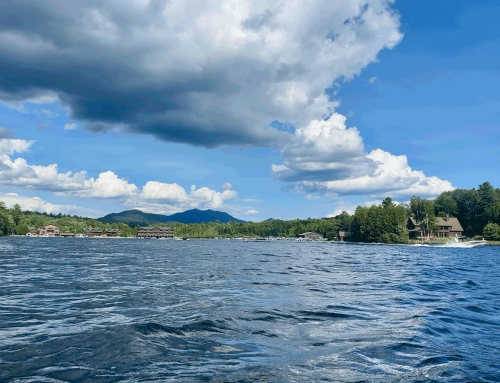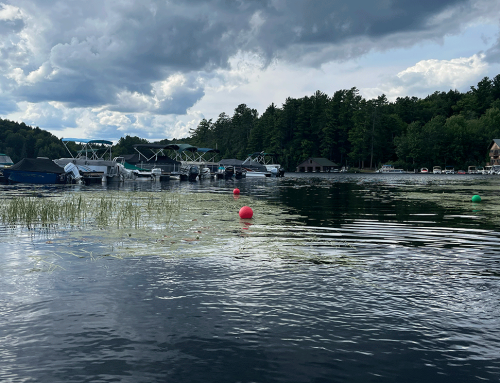As part of a Unit Management Plan (UMP) revision approved by the Department of Environmental Conservation (DEC) and Adirondack Park Agency (APA) in July, a new class II community connector snowmobile trail is being built to connect Newcomb with Minerva. One stretch of this trail about 1 mile in length connects the Camp Santanoni Historic area with the Harris Lake Campground through part of the Vanderwhacker Wild Forest area. Part of this new trail runs along an old logging road, but nearly .66 mile of this trail was cut through a wild trailless part of the Forest Preserve. Protect the Adirondacks has long been on record that class II community connector snowmobile trails violate various state laws and regulations. We also believe that in many cases where they are cut through intact forest they also violate the “forever wild” clause of the State Constitution. The pictures below show the current work on this new trail.
The Adirondack Park State Land Master Plan (APSLMP) defines a snowmobile trail as “a marked trail of essentially the same character as a foot trail” and mandates that it be “compatible with the wild forest character of an area.” A snowmobile trail “should be designed and located in a manner than will not adversely affect adjoining private landowners or the wild forest atmosphere….” These road-like class II community connector snowmobile trails simply do not have the character of a foot trail and violates both the wild forest character and the wild forest atmosphere of the area. PROTECT has consistently stated that class II community connector snowmobile trails do not conform to these three standards.
There is no way the new class II community connector snowmobile trail around Harris Lake bears any rational resemblance to something having the “character of a foot trail.” This class II community connector snowmobile trail surface has been graded, leveled, and flattened by a multi-ton excavator. Extensive bench cuts were dug into side slopes that parallel the trail for long distances, protruding rocks were removed, extensive tree cutting was done, all understory vegetation was removed, and oversized bridges are being built to support multi-ton groomers. In many places the grading has been so significant that straw has been placed over the trail surface to help stabilize the area. These types of activities do not occur on foot trails.
A “foot trail” is where people walk single file. They step over roots and rocks. The trail surface is uneven and follows the terrain. There are scarcely any stumps of cut trees. Vegetation on the side often encroaches, and the trail is canopy covered. Steppingstones and split logs are commonly used to pass over streams and wet areas.
A class II community connector snowmobile trail is road-like corridor that is very different from a foot trail. These “trails” are supposed to be 9 feet wide on straight sections and up to 12 feet wide on slopes or turns. Many parts of the trail to Harris Lake are 15 feet or wider.
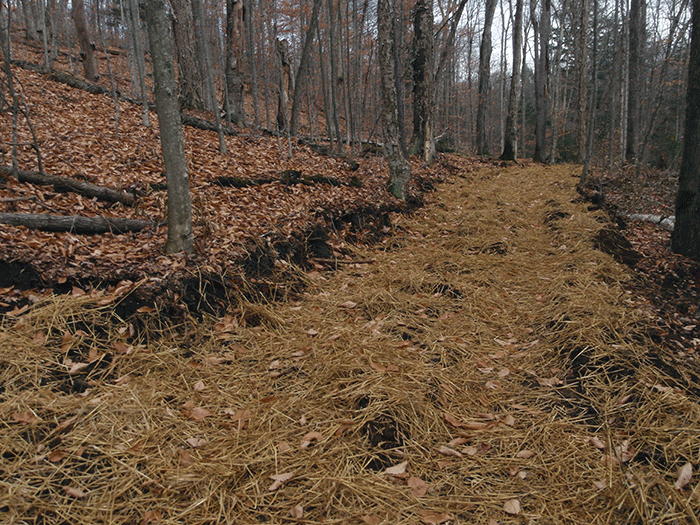
The new class II community connector snowmobile trail around Harris Lake includes many hundreds of yards of “bench cuts” dug into the hillsides to create a flat trail. There is nothing like this on a foot trail. The straw has been placed on the trail to stabilize against erosion after the extensive grading with heavy machinery.
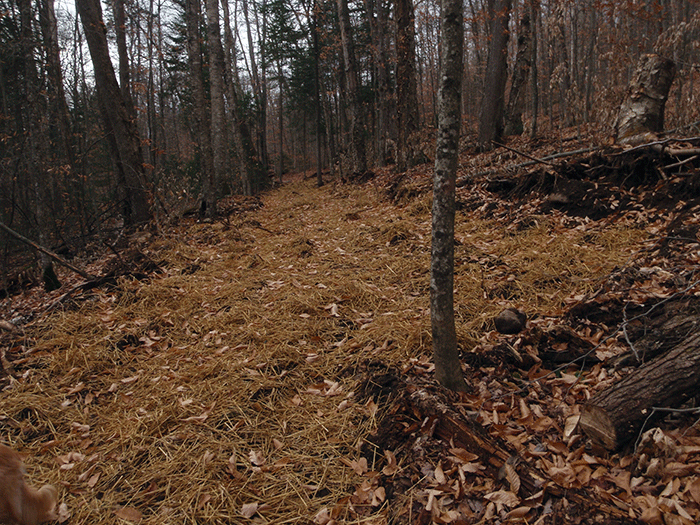
The new class II community connector snowmobile trail around Harris Lake where the trail is significantly wider than 9-12 feet.
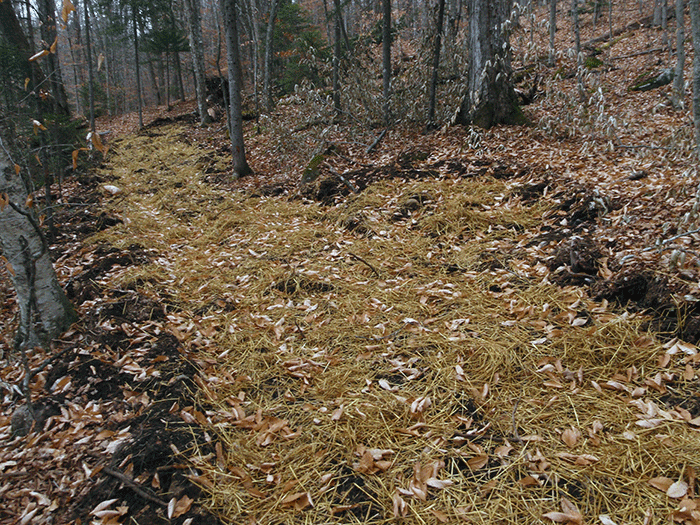
Another section of the new class II community connector snowmobile trail around Harris Lake where the trail is significantly wider than 9-12 feet.
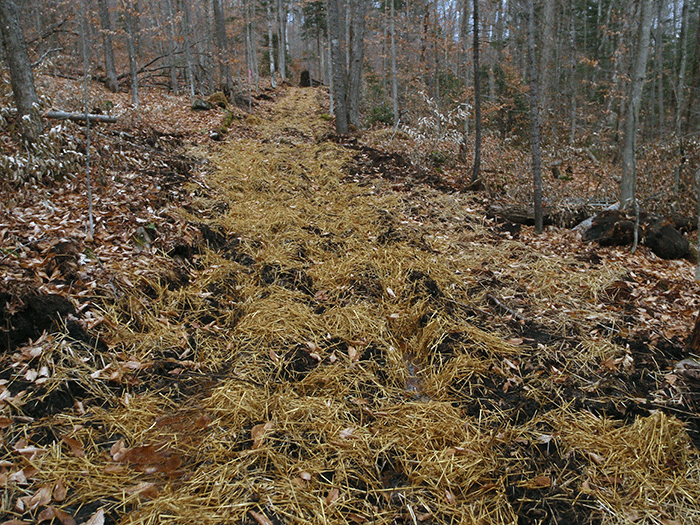
A section of the new class II community connector snowmobile trail around Harris Lake where the trail surface has been severely damaged through grading.
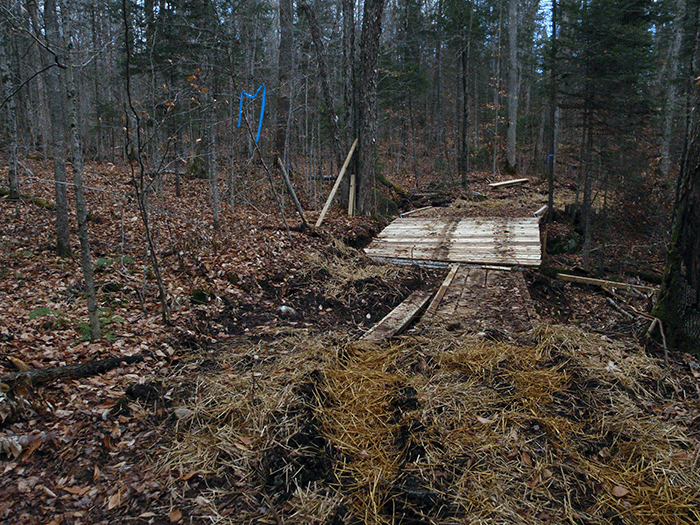
A new bridge on the new class II community connector snowmobile trail around Harris Lake. Note that the bridge is around 12.5 feet and the disturbed area leading too the bridge is much wider than that.
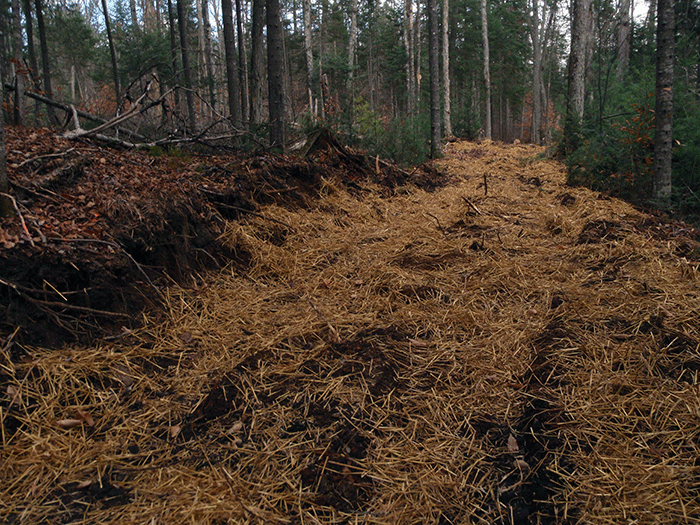
More extensive bench cuts on the new class II community connector snowmobile trail around Harris Lake.
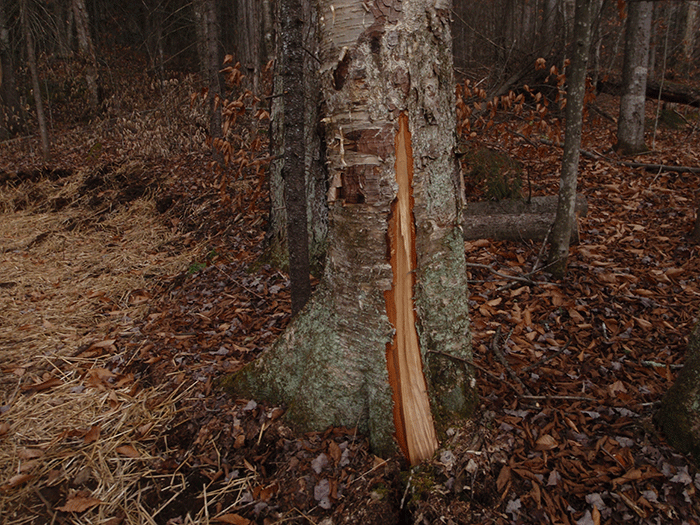
Damage to a tree along the corridor on the new class II community connector snowmobile trail around Harris Lake. This tree is unlikely to survive.
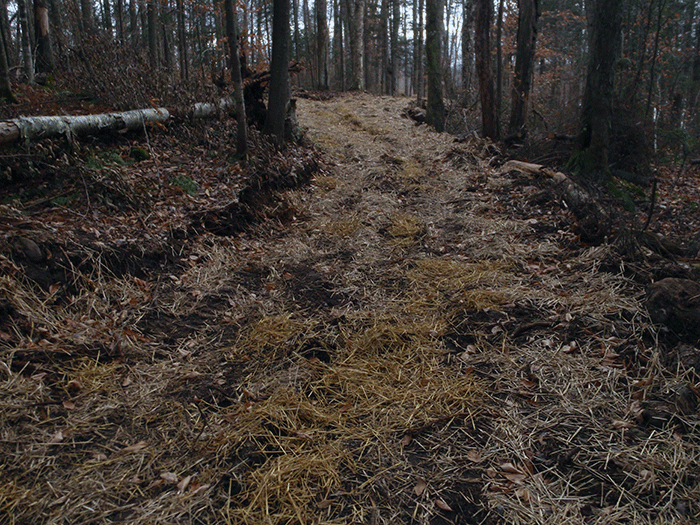
The new class II community connector snowmobile trail around Harris Lake where the trail is significantly wider than 9-12 feet.
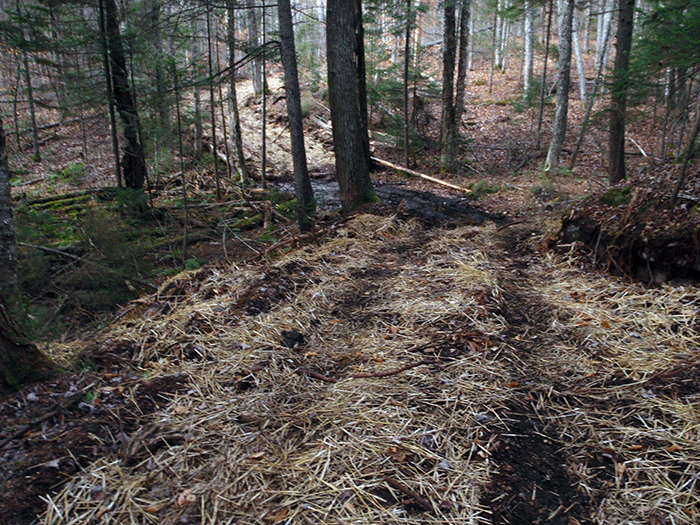
The new class II community connector snowmobile trail around Harris Lake where the trail is significantly wider than 9-12 feet.
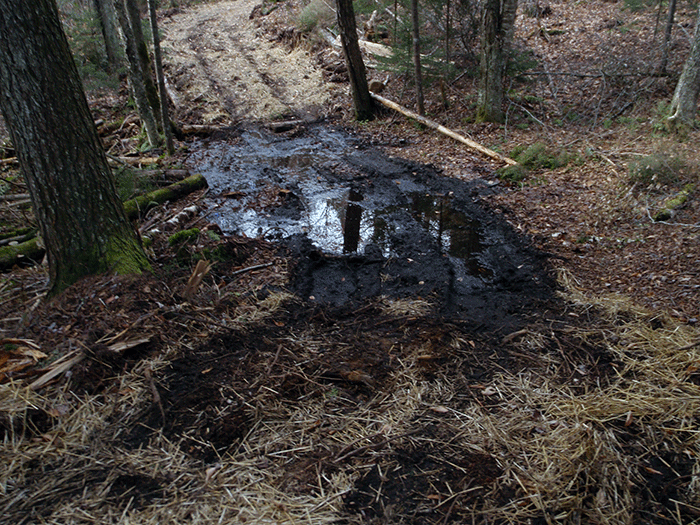
The new class II community connector snowmobile trail around Harris Lake that runs through a wetland.
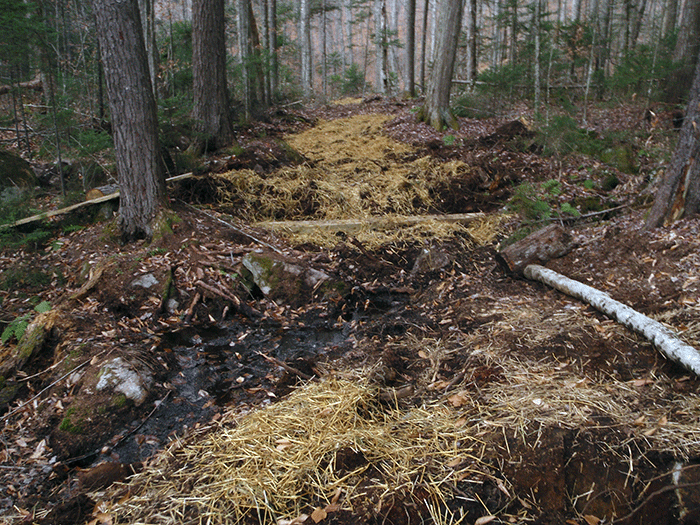
The new class II community connector snowmobile trail around Harris Lake where a bridge is being built over a stream.
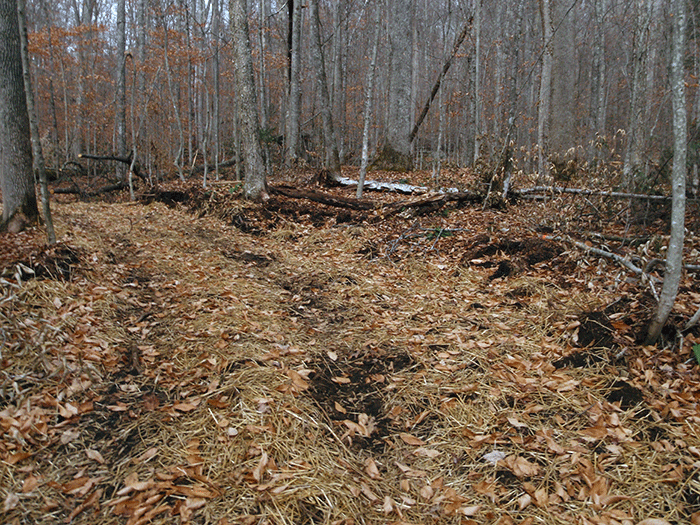
The new class II community connector snowmobile trail around Harris Lake where the trail is significantly wider than 9-12 feet.
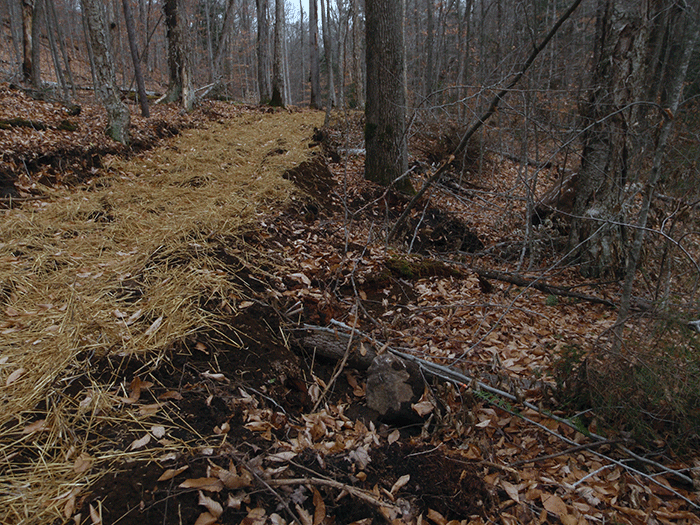
The new class II community connector snowmobile trail around Harris Lake where the trail is built up using all sorts of “debris” from construction including boulders, stumps, and sawed trees to build up the road bed of the trail. This type of activity does not occur on a foot trail.
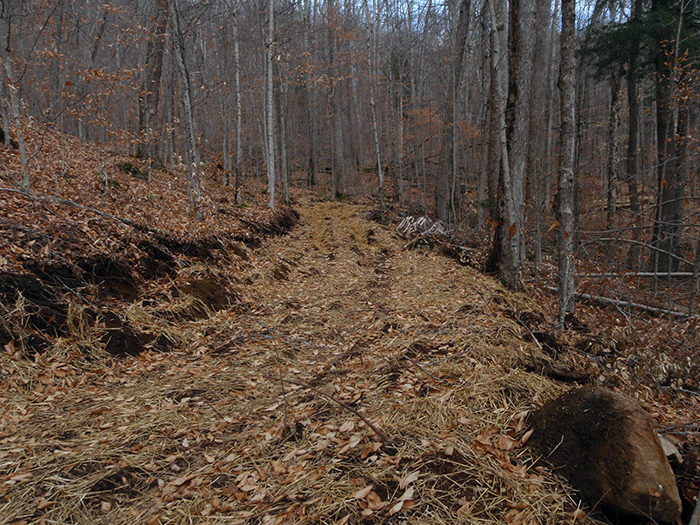
An area on the new class II community connector snowmobile trail to Harris Lake with extensive bench cuts, graded trail surface, and a roadbed built up.
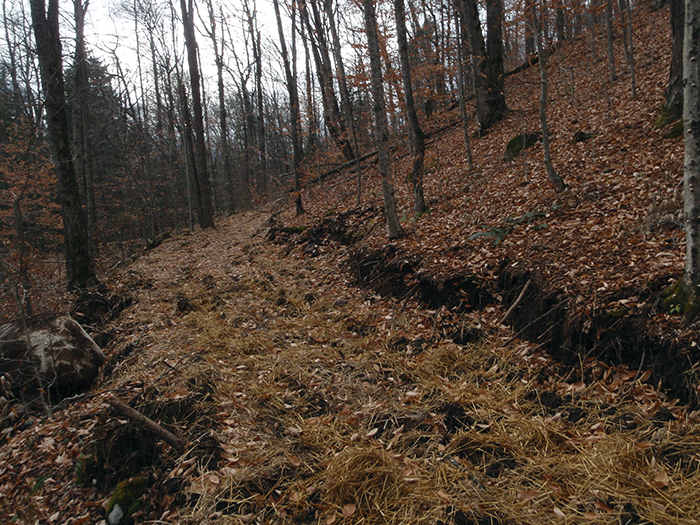
Still another area on the new class II community connector snowmobile trail to Harris Lake with extensive bench cuts, graded trail surface, and a roadbed built up.
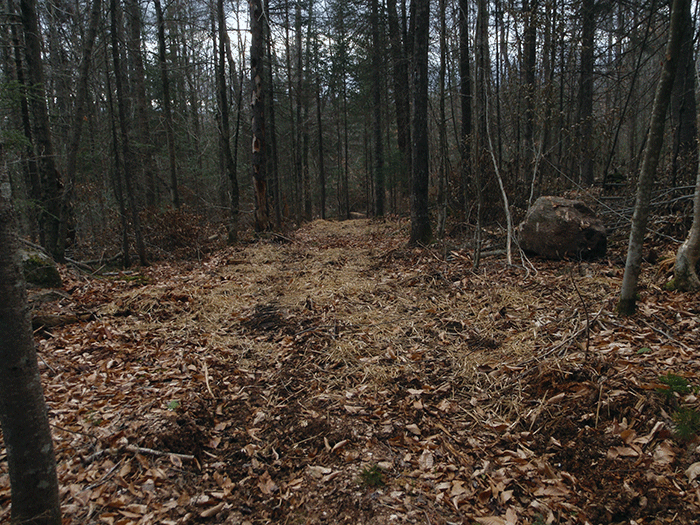
An area on the new class II community connector snowmobile trail to Harris Lake well over the allowable 9-12 foot trail width.
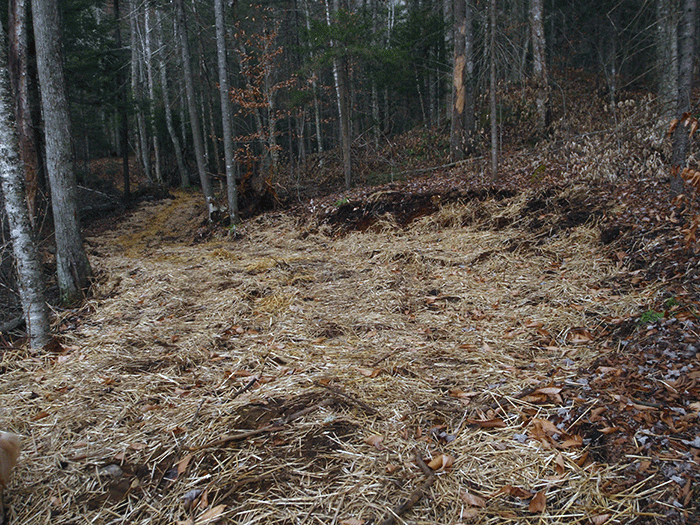
Another area on the new class II community connector snowmobile trail to Harris Lake well over the allowable 9-12 foot trail width.
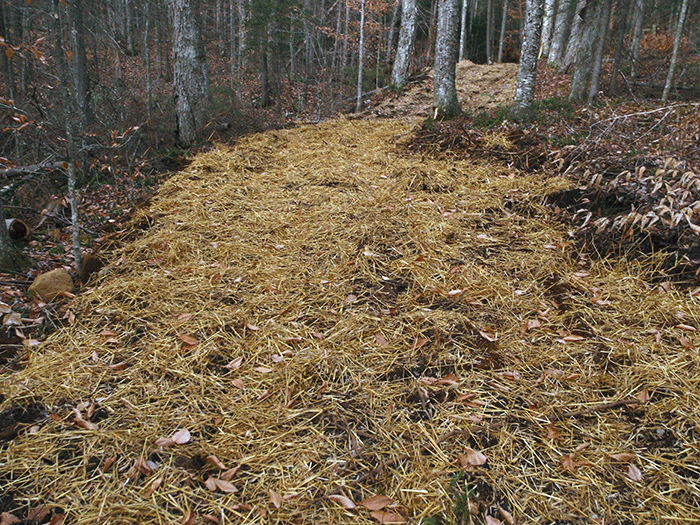
Another area on the new class II community connector snowmobile trail to Harris Lake well over the allowable 9-12 foot trail width.
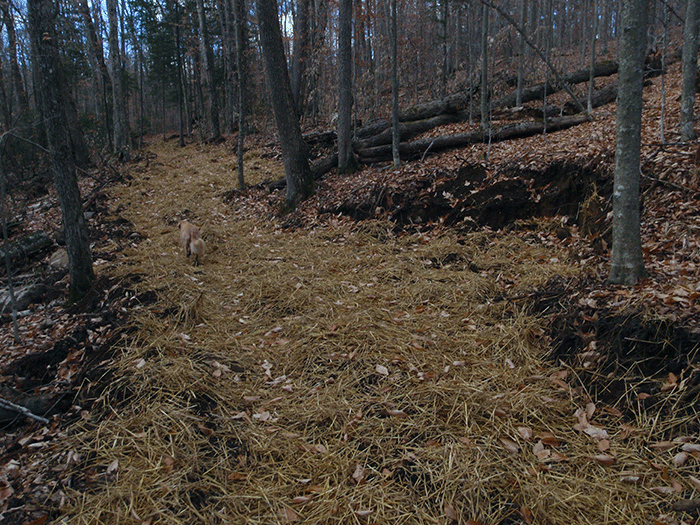
Another area on the new class II community connector snowmobile trail to Harris Lake well over the allowable 9-12 foot trail width.
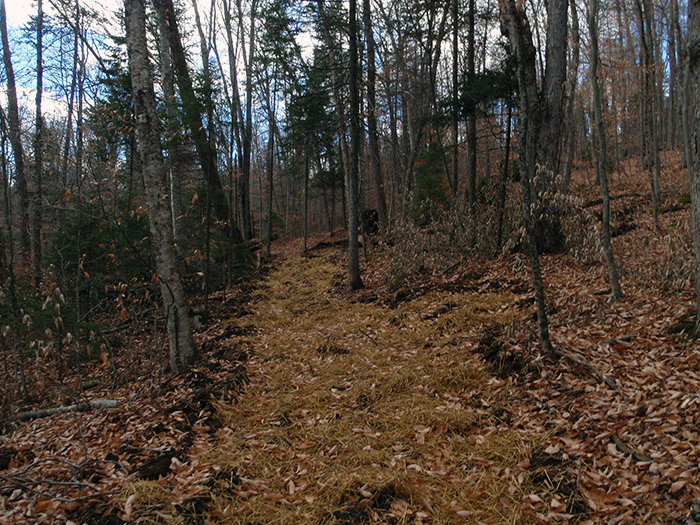
Another area on the new class II community connector snowmobile trail to Harris Lake well over the allowable 9-12 foot trail width.
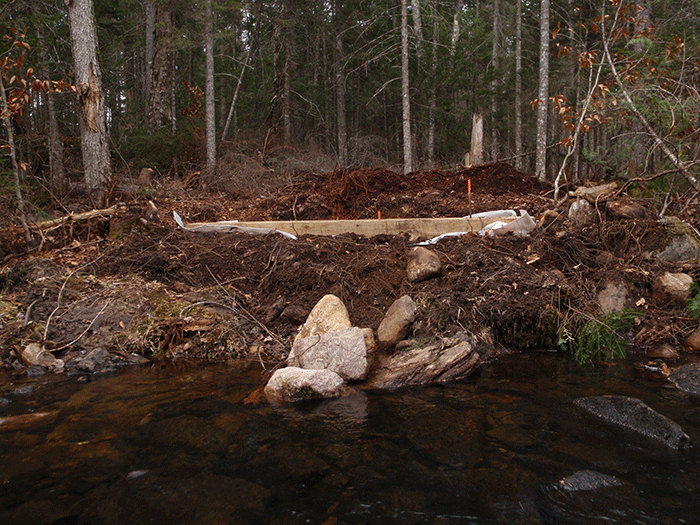
An area on the new class II community connector snowmobile trail to Harris Lake where a major 12-foot-wide bridge is being built. The stream corridor has been torn up and disturbed.
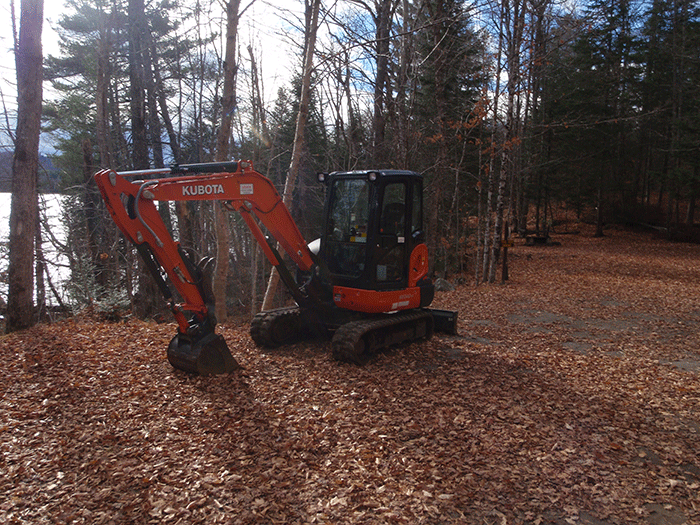
The heavy machinery that the Department of Environmental Conservation uses to grade and flatten the new class II community connector snowmobile trail to Harris Lake. This machine is used to cut bench cuts into side hills, remove stumps and boulders from the trail, and build up the and compress the roadbed. This stands in stark contrast with equipment used for construction of a foot trail.

